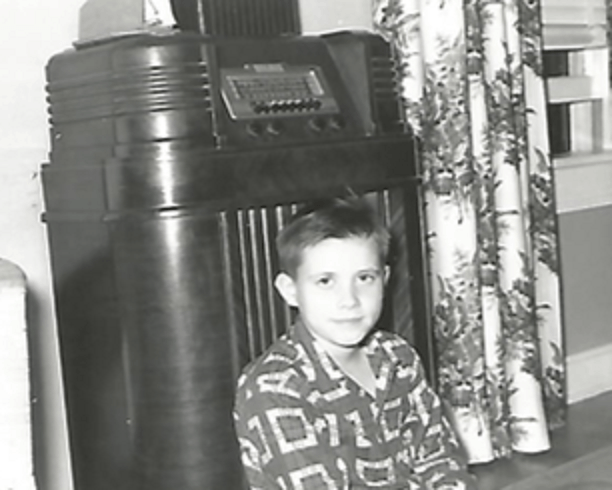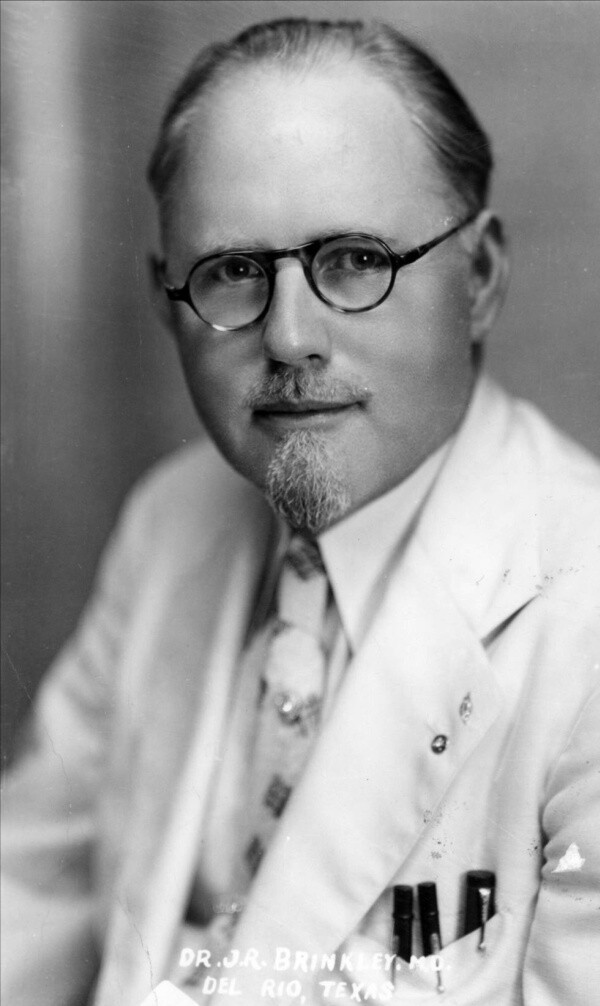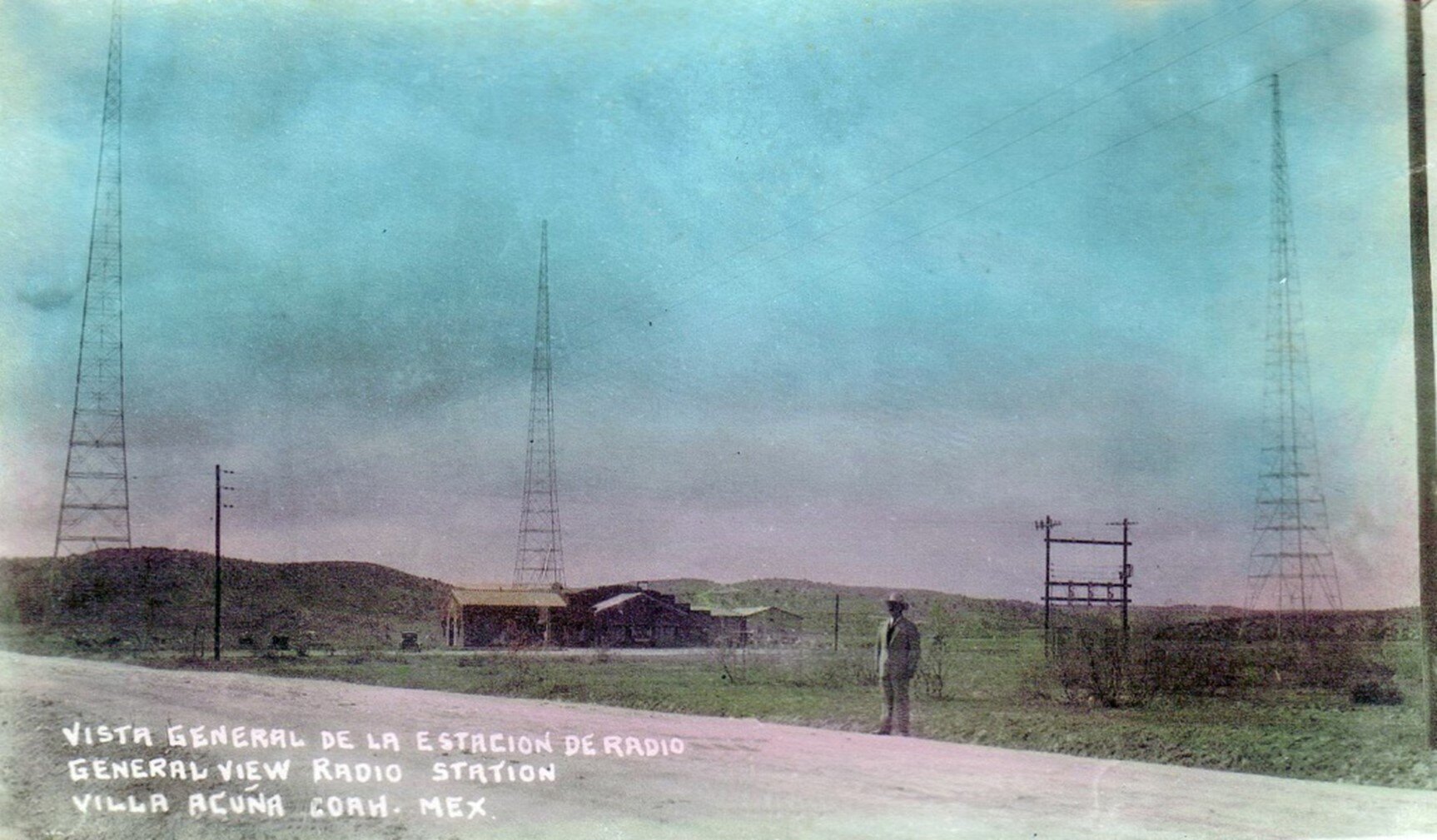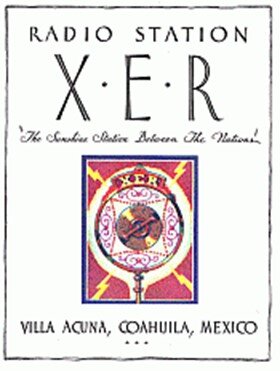
As a child in 1949, I had a routine of surreptitiously going into the living room after everyone was asleep to listen to late night radio on our old console. I was fascinated by the lighted dial, knobs, and buttons that would bring sound into the room (albeit very low so as not to alert my sleeping parents). After slowly creeping the tuner across the dial through the static and passing faint voices that seemed to be speaking in tongues, I would suddenly be blasted into a panic as country music filled the room for a few seconds until I could reduce the volume. I had no idea what I was hearing back then, I just knew I was fascinated by the music and the magical cabinet that produced it.
When my father discovered my late-night activity I expected to be reprimanded. Instead, Dad told me he knew the doctor who started the station just one hundred miles east of where he grew up. Unfortunately, I quickly lost interest in his stories, especially the part about him scratching a crystal to pick up early radio broadcasts and then listening through a headset. After all, I was only seven years old and likely very tired.
Fast forward 70-some years. I was reminiscing with Max Morath recently and our rambling conversation drifted to his early days in radio beginning in 1944. I mentioned my childhood perambulatory adventures and Max began sharing about Dr. John Romulus Brinkley, the originator of the station I had discovered in my childhood. Max spent his life collecting interesting stories and characters and Brinkley’s story is truly fascinating.

As I briefly researched the background, I found Dr. Brinkley was, in fact, no medical doctor at all. However, lack of credentials didn’t stop him from establishing a hospital in Milford, Kansas, to perform his pre-Viagra procedure. There he performed surgery to enhance a gentleman’s youthful manliness that somehow involved goat glands and male reproductive anatomy. To promote his procedure, Brinkley built a radio station with a strong signal in Milford in 1928.
This was the infancy of radio and the government had only recently realized that there were a limited number of radio frequencies. Transmitters like Brinkley’s overwhelmed many smaller stations. Thus, a regulatory agency was established to assign bandwidths. The agency was also out to identify and eliminate fraud over the airwaves. Since Brinkley had abused his license by advertising his quackery, his license was revoked in 1930.
Brinkley fought the decision of course but then contrived a plan to circumvent US regulations. He moved his entire operation to Ciudad Acuña, Mexico, in order to avoid American licensing. His 50,000-watt transmitter (later increased to 500,000 and then a million watts) was on the Mexican side of the Rio Grande and the offices and studio of station XER were in Del Rio, Texas, with a broadcast quality telephone linking the two locations. This was one of the first “Border Blaster” stations that could reach most of the continental United States 24/7.

The station went through several incarnations in the 1930s and 1940s. Brinkley featured live musical programming to bolster his advertising and he was responsible for giving The Carter Family and Lydia Mendoza their first major exposure. Maybelle Carter and Lydia Mendoza were to become pioneers in American popular music. The station made recordings of the music to be played by other radio stations.

John Brinkley died in 1942 but his “Border Blaster” radio legacy continued to evolve and prosper under new management. By the time I was listening as a child, XERF, licensed to Ramón D. Bósquez, was broadcasting at 100,000 watts out of the old XERA building in Mexico. In the 1960s the on-air disc-jockey was Bob Smith, known as Wolfman Jack, a cult figure of the decade.
I would end here but for a startling realization as I write these last words. I’m so glad I have never had a DNA test to determine my ancestry. I suddenly remembered my Dad’s comment that as a young man back in Kansas he knew John Brinkley. I may have a Grandpa Billy in my family tree I don’t know about.
Larry Melton was a founder of the Scott Joplin Ragtime Festival in 1974 and the Sedalia Ragtime Archive in 1976. He was a Sedalia Chamber of Commerce manager before moving on to Union, Missouri where he is currently helping to conserve the Ragtime collection of the Sedalia Heritage Foundation. Write him at lcmelton67@gmail.com.





















